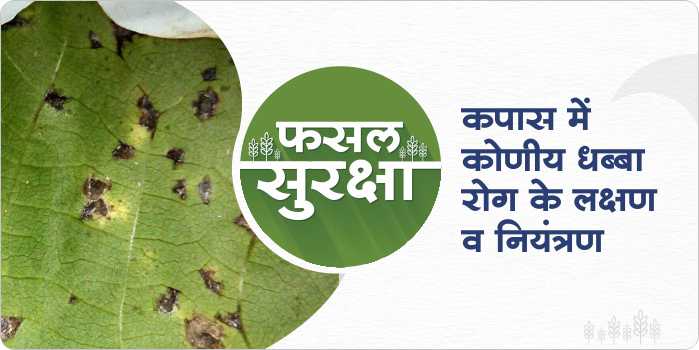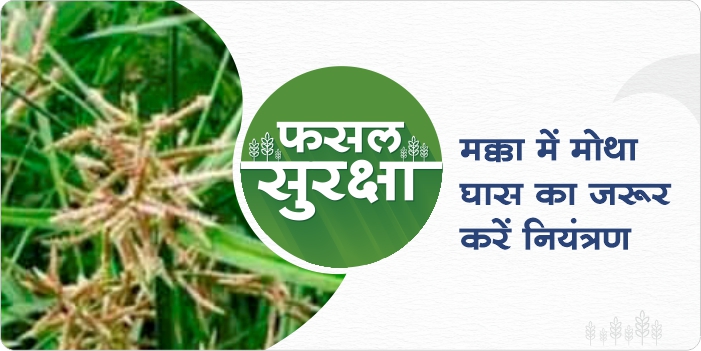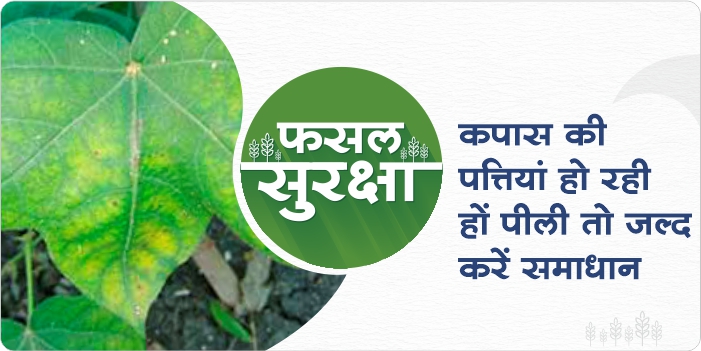-
Cotton angular spot disease, also known as bacterial blight, ball rot and black leg, is a potentially devastating bacterial disease. Angular spot disease mainly affects the leaves, watery spots appear on the leaves and these spots appear on the leaves in the early time.
-
These spots appear on the upper surface of the leaves, later spread over the entire leaf, the size of the spots gradually increase and become angular in size, the spots become brownish black as they get older.
-
Chemical Management: Spray Kasugamycin 5% + Copper Oxychloride 45% WP @ 300 gram/acre or Kasugamycin 3% SL @ 400 ml/acre or Streptomycin Sulphate 90% + Tetracycline Hydrochloride 10% W/W @ 20 gram/acre.
-
Biological Management: Spray Trichoderma viride @ 500 gram/acre or Pseudomonas fluorescens @ 250 gram/acre as a biological treatment.
ShareAdd your farm with the My Farm section of Gramophone app and keep on getting the exact advice and solutions related to smart agriculture throughout the crop cycle. Share this article with your friends with the share button below.










